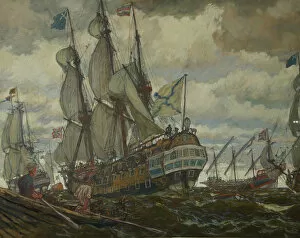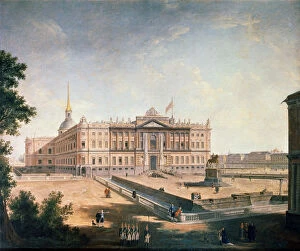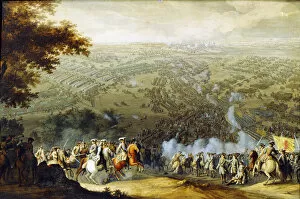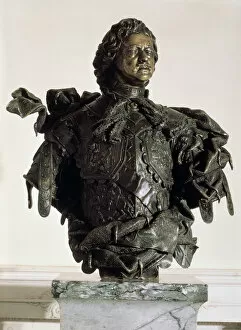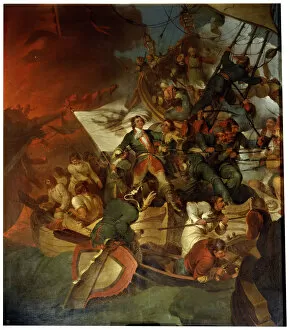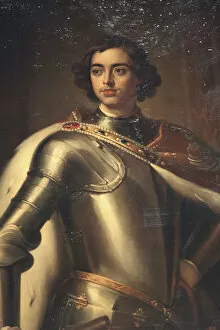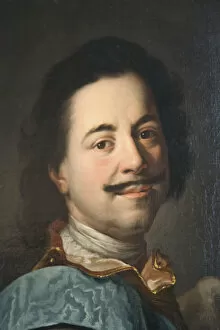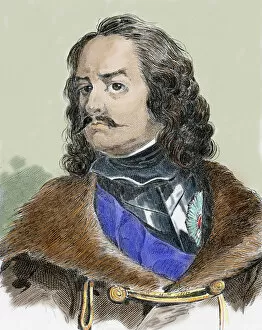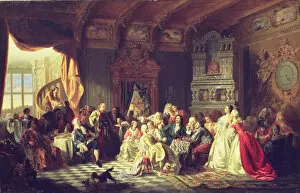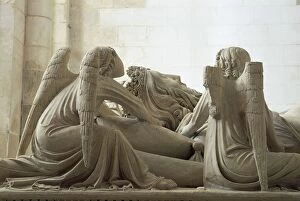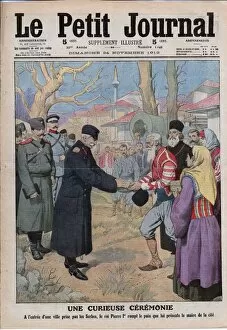Peter I Collection (#9)
Peter I, also known as Peter the Great, was a prominent figure in Russian history. His military achievements and reforms left an indelible mark on his country
For sale as Licensed Images
Choose your image, Select your licence and Download the media
Peter I, also known as Peter the Great, was a prominent figure in Russian history. His military achievements and reforms left an indelible mark on his country. In "The Apotheosis of Peter's Military Glory, " artist Pieter Pickaert captures the grandeur of his triumphs. Another portrait by Grigori Molchanov depicts Tsarevich Peter Petrovich as Cupid, perhaps symbolizing his youthful vigor and potential. An anonymous creator immortalized Peter the Great in a 1830 painting that showcases his commanding presence and determination. The naval battles depicted in "HMS Wachtmeister fighting against the Russian squadron" and "The Naval Battle of Reval" highlight Russia's maritime strength under Peter's leadership. In another artwork titled "Peter I in the Rebellion of the Old Believers, " we see him navigating religious tensions within his realm with diplomacy and tact. This demonstrates not only his military prowess but also his ability to govern effectively. During World War I, France paid tribute to Serbia's heroism while King Peter I visited trenches at the frontlines himself. These acts showcase both their mutual respect for each other and their shared commitment to defending freedom. A digitally restored reproduction of a 19th-century original reveals Crown Tsar Peter I wore during significant moments in Russian history—a symbol of power passed down through generations. Lastly, a color lithograph portrays Peter I being proclaimed King of Serbia—an acknowledgment of his influence beyond Russia's borders. A falconer alongside him represents nobility while highlighting Duke Brittany’s armorial tunic with its coat-of-arms—symbolic connections between rulers across time. Overall, these artworks provide glimpses into different aspects of Peter I’s life: from military victories to diplomatic endeavors; from religious conflicts to international recognition; from personal adornments to historical proclamations—all contributing to understanding this influential leader who shaped Russia’s destiny for centuries to come.

